Along with their beauty, butterfly gardens can also serve as living, unenclosed classrooms – rich educational environments. By including a butterfly garden in the school curriculum or as a project-¬based learning environment, students of all ages can reap significant educational benefits from learning about and observing butterflies and other creatures in a naturalistic setting. In this article, we investigate the multidimensional educational value of butterfly gardens for students.
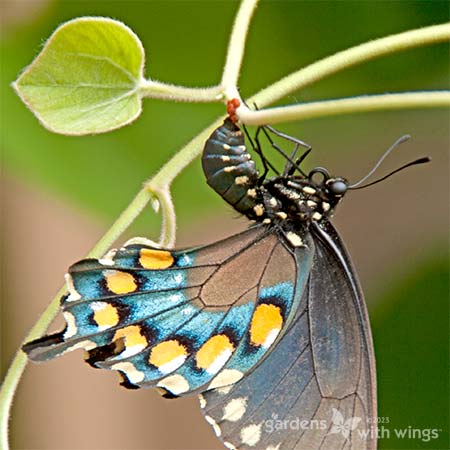
Expanding Scientific Curiosity Through Butterfly Gardens
Butterfly gardens offer a special kind of impetus to scientific discovery. They afford engaging, hands-on access to more abstract scientific ideas and concepts students might not otherwise experience. Learners can observe plants and animals and their ecological relationships. They can learn about natural selection, the interconnectedness of organisms, and how climate affects ecosystems through direct, concrete experiences. They can see the consequences of heating the Earth with their own eyes and then respond by defending butterflies or finding other solutions.
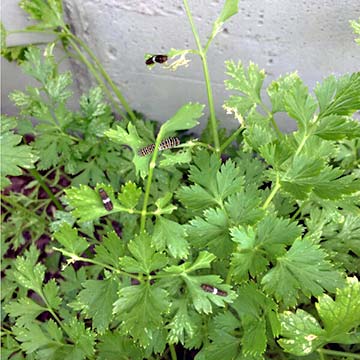
These gardens promote the involvement of students not only as recipients of information but also as active junior scientists. They might perform field expeditions, participate in citizen science projects, or even become leaders in local biodiversity initiatives; this empowers them to engage with science as an evolving field that takes place beyond the pages of textbooks and inside their classrooms, established as an active interest that will follow them well into their adult life. These are the type of informed, science-savvy individuals we need to face the environmental challenges of the 21st century.
Following their butterfly garden experience, learners may get assignments to write research projects or reflective essays to articulate their findings and the nature of the scientific work they undertook. Here is where the best research paper writing service from Academized can help students. They can delegate experts the task of presenting their findings and insights logically. This support helps students polish their work to meet academic standards while allowing them to concentrate more deeply on the practical aspects of their studies.
Introducing Students to Biodiversity and Ecology
A butterfly garden can be a great way to teach students about biodiversity and ecosystems. Different butterfly species are attracted to various plants, and if their preferred food plants aren’t present, they simply fly off. Thus, students observing different butterflies and the plants on which they feed can learn about ecological relationships. They can also learn how butterflies and other bees and pollinators help ecosystems remain healthy by promoting biological diversity: pollinator diversity tends to be associated with species-rich plant communities.
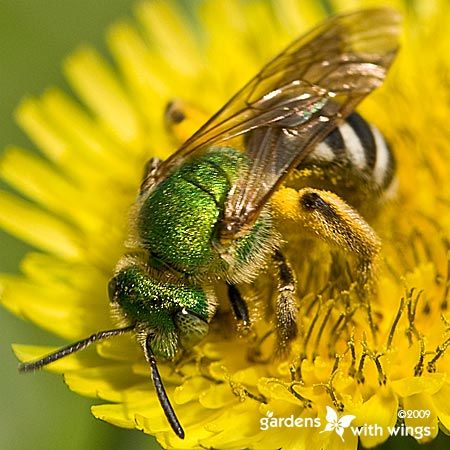
Encouraging Environmental Stewardship
Through designing and cultivating a butterfly garden, students learn about environmental stewardship, such as plant selection (native plants or cultivars that attract butterflies), butterfly life cycle, and human intervention or disturbance of nature. As a result of tending a butterfly garden, students gain an appreciation for the balance of nature and a mindfulness of the conservation of natural resources. These hands-on experiences build ownership and promote life-long conservation principles.
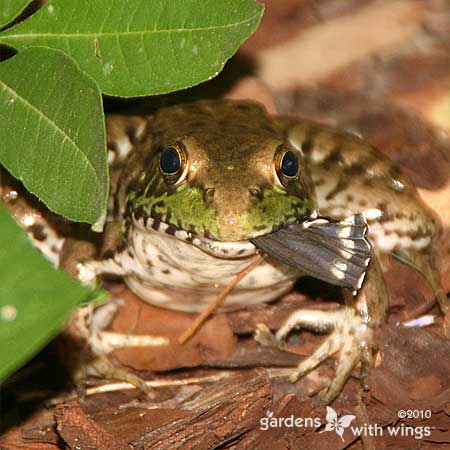
Integrating Art and Creativity
The incredible patterns and vibrant hues are inspiring, making butterfly gardens an excellent place for art-based educational activities. In a butterfly garden, students can explore their artistic creativity while, at the same time, connecting scientific knowledge to creative production – for example, by:
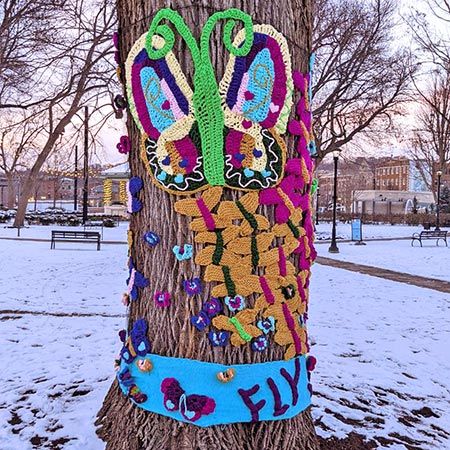
- Sketching Butterflies: Capturing the delicate details of butterflies on paper.
- Designing Garden Layouts: Planning and sketching the arrangement of plants and pathways.
- Creating Butterfly-Inspired Artwork: Using butterflies to inspire paintings, sculptures, or digital art.
- Photo Scopic Butterfly Study: Getting up close and personal with the insect to observe and appreciate its beauty (via close-up photography)
- Butterfly Modelling: Make three-dimensional (3D) models of butterflies using paper or any other material so that you can get an idea about their anatomy.
- Creative Writing: Composing an essay, poem, or story on the life cycle and habitat of the butterfly.
Such artistic examples help students develop an appreciation for art and beauty and allow them to express their scientific interests creatively and personally.
Supporting Social and Emotional Learning
Working together towards the goal of designing, developing, and maintaining a butterfly garden will help foster teamwork and spark communication skills. A shared purpose will help promote cooperation on a collective project and invite friendship among classmates. The natural world of the butterfly garden provides a sanctuary from stressed-out teachers, busy lunchrooms, and crowded, noisy classrooms. The garden will contribute to a sense of well-being for our students and expand their natural curiosity for science, our Earth, and its creatures.
Fluttering Into the Future: The Lasting Impact of Butterfly Gardens
In conclusion, butterfly gardens are a valuable educational resource, providing students with a practical and engaging learning experience. These gardens improve science education and promote an awareness of the environment, creativity, and social skills. Butterfly gardens offer an opportunity for learners to enhance their knowledge about nature while allowing them to understand better the intricate web of life and the importance of its conservation. Butterfly gardens teach students about nature, but above all, they inspire them to become nature’s guardians and emissaries, taking these lessons to the broader world.




